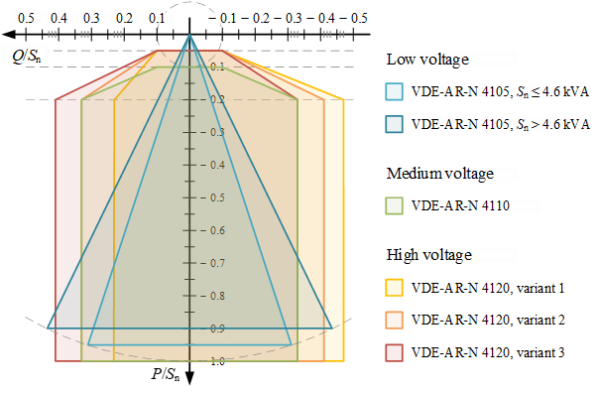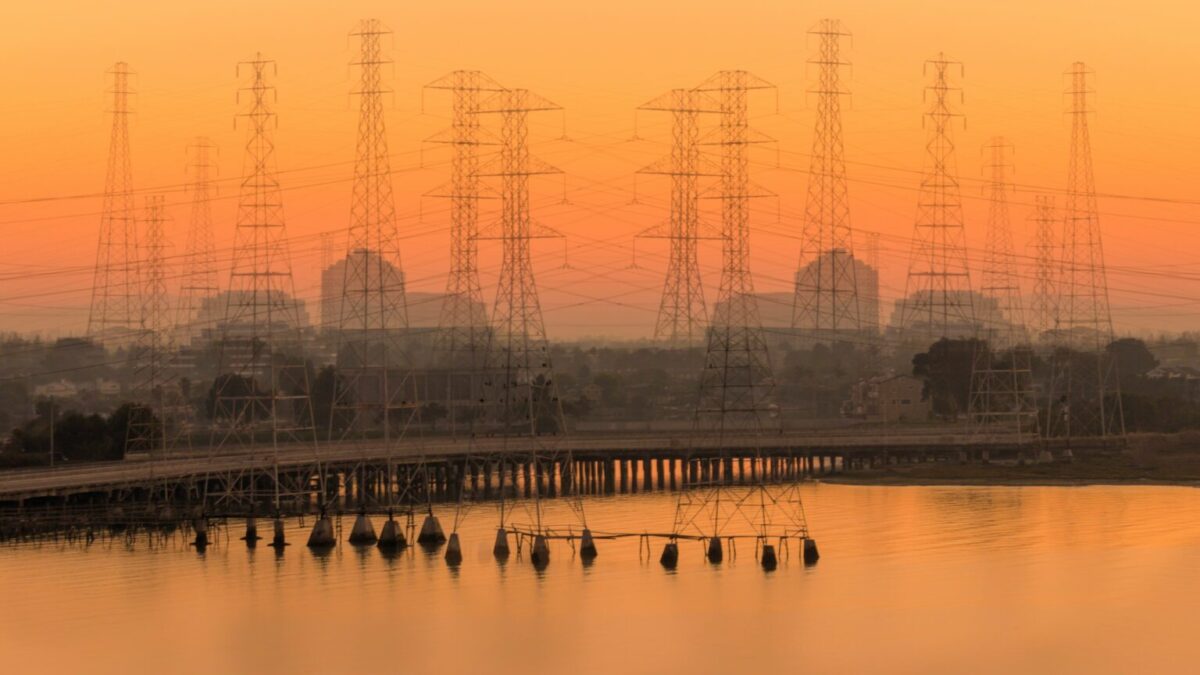As the global energy landscape shifts towards renewable energy sources, effective reactive power management becomes critical for ensuring grid stability and reliability. The recent report by IEA PVPS Task 14, “Reactive Power Management with Distributed Energy Resources,” delves into state-of-the-art practices, best practices, and recommendations for managing reactive power amidst the growing integration of distributed energy resources (DERs). This article provides a comprehensive overview of the report’s findings, regulatory frameworks, and practical applications, underscoring the essential role of reactive power management in maintaining a stable and efficient power grid.
The Importance of Reactive Power Management
Reactive power management is essential for maintaining voltage control, ensuring high power quality, and enhancing overall grid stability. It helps prevent issues such as harmonics, flicker, unbalanced loads, and power oscillations, which can negatively impact power quality and the ability to transfer power effectively. With the increasing integration of DERs like photovoltaic (PV) systems, these resources must assume greater responsibility for providing reactive power control. This improvement in power system stability is crucial for preventing problems like load shedding and system collapse, ultimately enhancing the security and reliability of the power system.
Objectives and Purpose of the Report
The IEA PVPS Task 14 report aims to provide a management summary on the state-of-the-art practices, best practices, and recommendations for reactive power management. It explores regulatory frameworks in selected countries, highlighting diverse approaches to managing reactive power. The report offers insights into the current state and future prospects of reactive power management in the context of increasing DER integration and investigates the effectiveness of various regulatory frameworks in supporting reactive power management.
Regulatory Requirements and Practices
The report covers the regulatory requirements in selected Task 14 countries and research and application examples from these countries. It provides an overview of reactive power regulations across various countries, detailing grid codes and frameworks that shape the requirements for connected DERs to provide reactive power control. Task 14 exemplarily examines how these regulations influence the operation of power systems with increasing integration of renewable energy sources. As an example of the regulatory requirements, Germany will be mentioned in this article.
Example: Germany’s Grid Codes for DER Reactive Power Provision
In Germany, current grid codes mandate that DERs must provide controllable reactive power during feed-in times. The guidelines ensure that DERs contribute effectively to grid stability by providing necessary reactive power. This capability allows Distribution System Operators (DSOs) to utilize DER for additional system services. The requirements vary based on the voltage level:
- Low Voltage (LV): VDE-AR-N 4105 specifies that DER with a capacity of ≤4.6 kVA must provide reactive power with a minimum power factor of 0.95, while larger DER should provide a minimum power factor of 0.9.
- Medium Voltage (MV): VDE-AR-N 4110 requires DER to maintain reactive power within a fixed range when active power feed-in exceeds 20% of installed capacity, ensuring stability at the point of common coupling (PCC).
- High Voltage (HV): VDE-AR-N 4120 offers three options for reactive power provision based on the generator’s active power feed-in and capacity. Each variant specifies different overexcited and underexcited power factors, allowing DSOs to select the most suitable option for their specific needs. DSOs can select one of the suggested options based on the specific circumstances at the PCC of each generator. HV and extra high voltage (EHV) level generators must be able to provide reactive power within one of the fixed reactive power ranges if their active power feed-in exceeds 20% of their total installed capacity.
One common characteristic is that there are just minimal or no reactive power requirements when feeding in small active powers. The different demanded reactive power capabilities are summarized in Figure 1.

Image: IEA-PVPS
Selected Case Studies
In Germany, the case study focus is on forecasting the reactive power flexibility potential of medium-voltage (MV) PV plants. The study evaluates various PV forecasting approaches and introduces a reliability indicator to assess the accuracy of reactive power flexibility forecasts. This emphasizes the need for high reliability in forecasts to prevent overestimation and explores the use of a reactive power planning reserve to enhance forecast reliability. This especially corresponds to times of low active power infeeds as mentioned in the previous section and emphasizes the importance of continuous updates of grid codes as indicated in the Task 14 PV ancillary services report.
Japan’s approach involves evaluating voltage control performance under different scenarios, considering the increasing PV penetration. The study, conducted by a consortium involving TEPCO Power Grid and Waseda University, supported by NEDO, assessed voltage control under fixed power factor control. The findings led to a new grid code in 2023, stipulating that power factor settings must be adaptable based on DSOs’ requests, highlighting the need for flexible control strategies.
Austria’s study focused on the effectiveness of future network-related measures in low-voltage grids. It evaluated various scenarios, including the impact of climate policies, regional technology rollouts, and different operating strategies related to PV, heat pumps, and e-mobility. The study identified challenges such as the need for detailed analysis of Q(V) control contributions and the lack of large-scale grid simulation capabilities, which hinder a comprehensive understanding of reactive power management’s value in distribution grids.
Key Takeaways from the Report
The report’s main authors highlight three key takeaways. Firstly, there is a need for updated regulatory frameworks to align with the evolving energy landscape, ensuring the resilience and efficiency of power systems. Secondly, the potential of DERs as a source for reactive power services should be further explored, including enhanced integration of solar PV forecasting. Thirdly, collaboration between Transmission System Operators (TSOs) and DSOs is essential for effective reactive power management, which could be enhanced with Information and Communications Technology (ICT).
Conclusion of Task 14 and Future Directions
Task 14 has concluded after 14 years of successful research and development in the field of PV integration and reactive power management. Throughout its three phases, Task 14 has made significant strides in addressing technical challenges, developing standards, and promoting best practices for high penetration of PV systems in electricity grids. As Task 14 ends, its legacy continues to influence grid management and renewable integration strategies.
Looking forward, Task 19 will commence in 2025 as a follow-up to Task 14, building on its achievements and continuing the mission of enhancing grid stability and efficiency with increased renewable energy integration. Task 19 will focus on managing grids with 100% renewable energy sources, integrating solar PV with wind, and defining the role of solar PV in the smart grid.
Please find more information on IEA PVPS Task 14 and all of their publications here.
The views and opinions expressed in this article are the author’s own, and do not necessarily reflect those held by pv magazine.
This content is protected by copyright and may not be reused. If you want to cooperate with us and would like to reuse some of our content, please contact: editors@pv-magazine.com.








By submitting this form you agree to pv magazine using your data for the purposes of publishing your comment.
Your personal data will only be disclosed or otherwise transmitted to third parties for the purposes of spam filtering or if this is necessary for technical maintenance of the website. Any other transfer to third parties will not take place unless this is justified on the basis of applicable data protection regulations or if pv magazine is legally obliged to do so.
You may revoke this consent at any time with effect for the future, in which case your personal data will be deleted immediately. Otherwise, your data will be deleted if pv magazine has processed your request or the purpose of data storage is fulfilled.
Further information on data privacy can be found in our Data Protection Policy.